
Israel Halts Gaza Offensive as Hamas Backs Hostage Deal
Israel pauses its Gaza City offensive after Hamas agrees in principle to release 48 hostages under a US-backed plan, opening the door for truce and reconstruction talks.
My Global News: Voices of a New Era
🌍 Stay Ahead, Stay Global 🚀

Israel pauses its Gaza City offensive after Hamas agrees in principle to release 48 hostages under a US-backed plan, opening the door for truce and reconstruction talks.
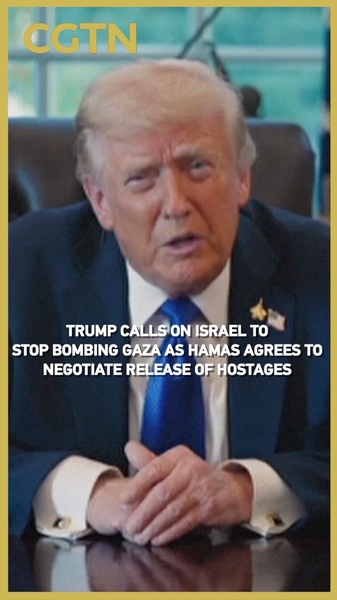
President Trump urged Israel to halt bombing Gaza as Hamas agreed to immediate talks on hostage releases under his peace plan.
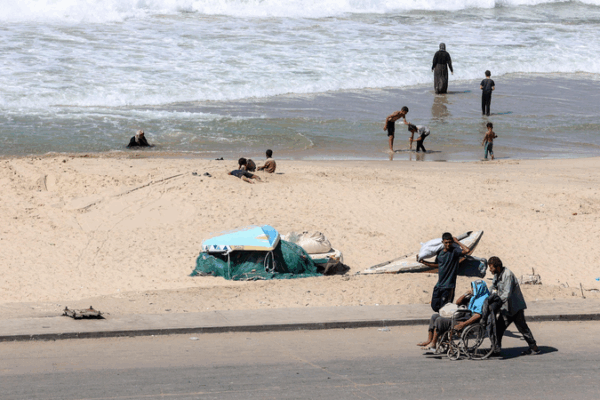
President Trump urges Israel to pause Gaza strikes after Hamas agrees in principle to a U.S.-backed hostage release deal, as the UN calls for urgent ceasefire and aid.

Hamas has agreed in principle to release all hostages under Trump’s Gaza plan, sparking hope among Palestinians weary of conflict and eager for a ceasefire.
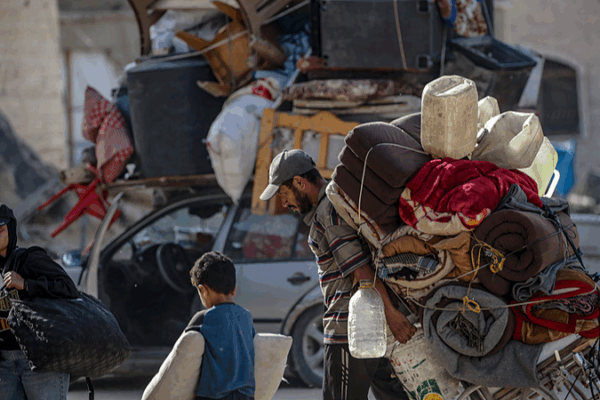
Hamas agrees in principle to release all Israeli hostages and hand over Gaza’s administration to technocrats under Trump’s 20-point plan, setting a Sunday deadline for peace talks.
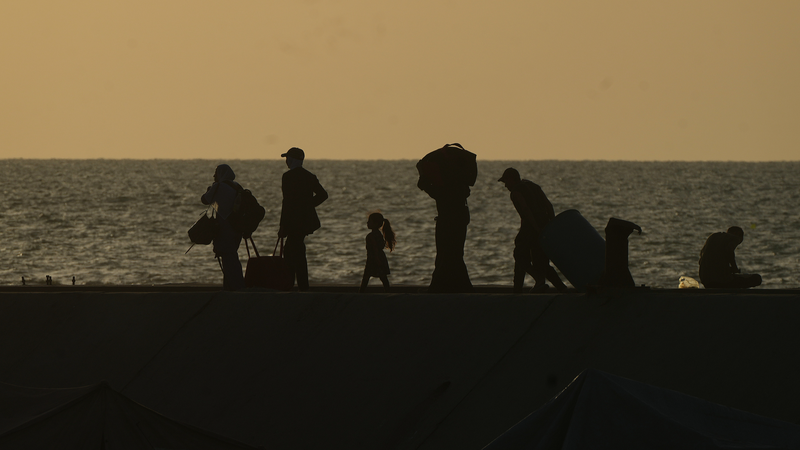
Hamas seeks more time to study Trump’s 20-point Gaza plan amid internal divisions and global feedback over disarmament and hostage clauses.
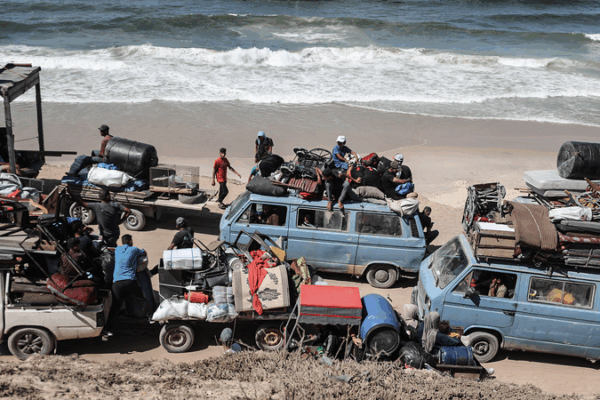
An analysis of the U.S. 20-point Gaza plan and whether it offers a real path to peace or risks an open-ended compromise without resolution.

President Trump signs executive order pledging U.S. defense of Qatar against any attack, marking a new chapter in Gulf security ties.
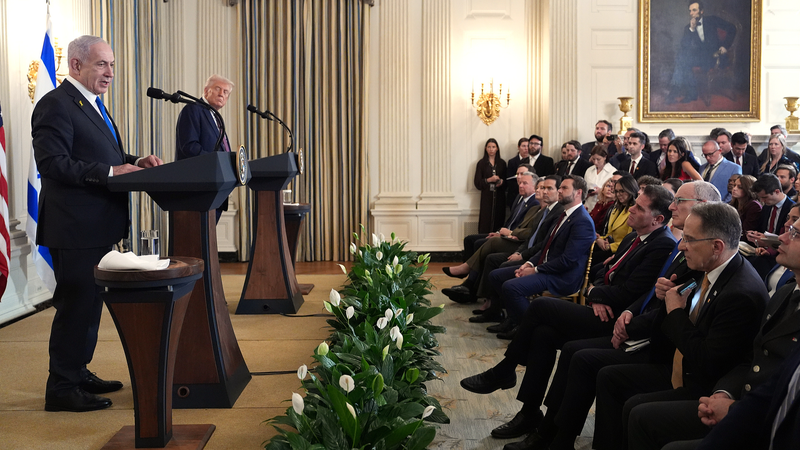
President Trump gives Hamas a 3 64 day deadline to accept a U.S.-backed 20-point Gaza peace plan, as mediators and civilians push for a ceasefire amid humanitarian crisis.

China urges full Gaza ceasefire and pushes for two-state solution to ease tensions.